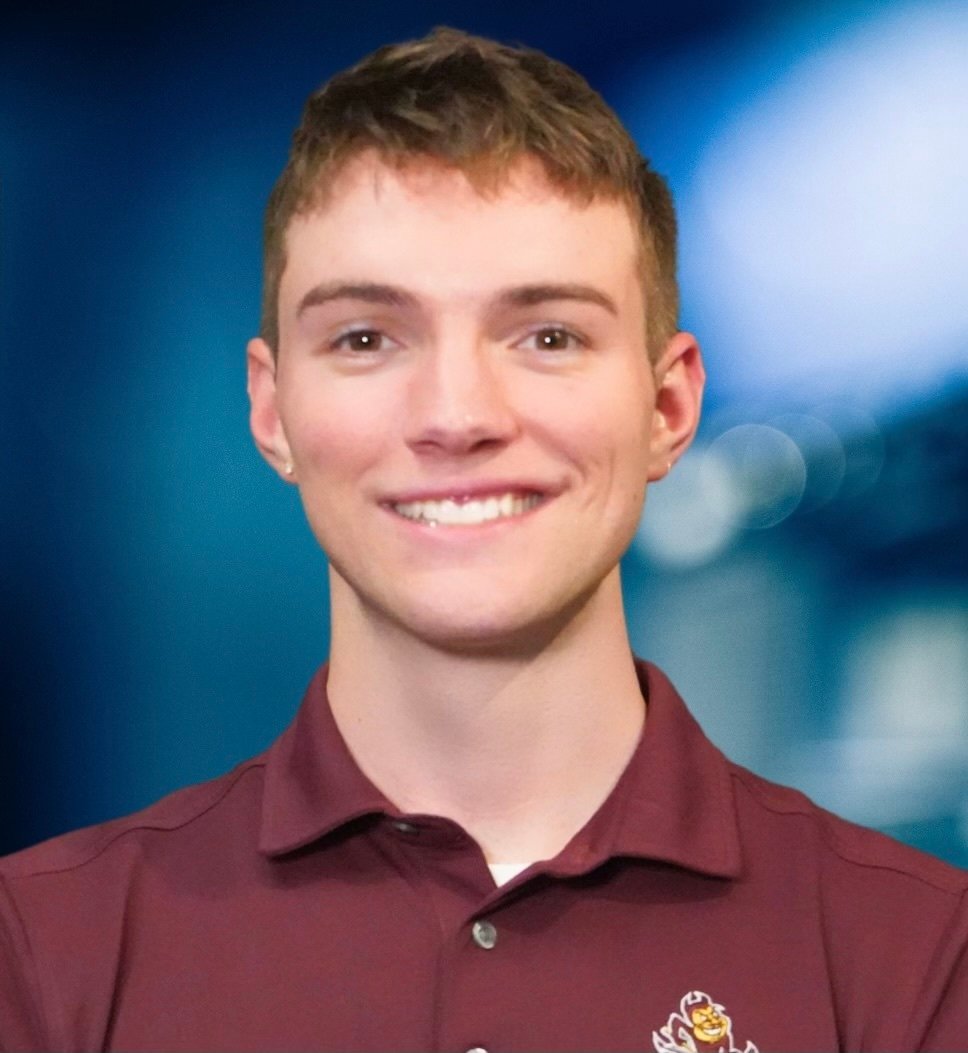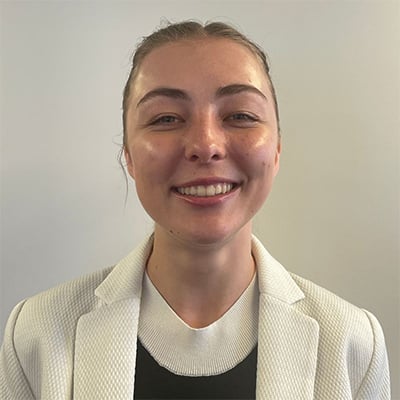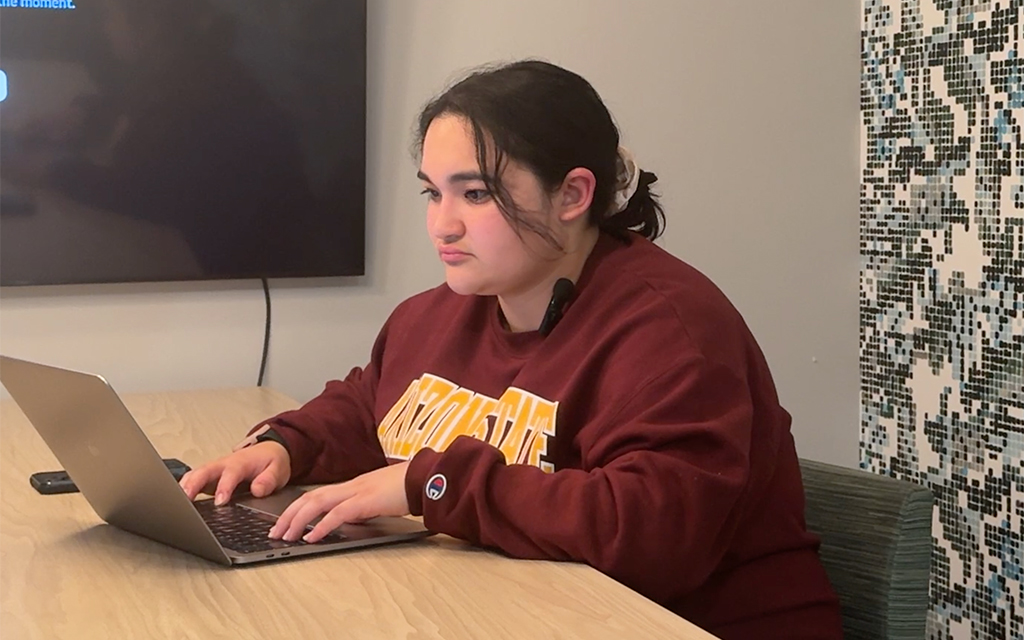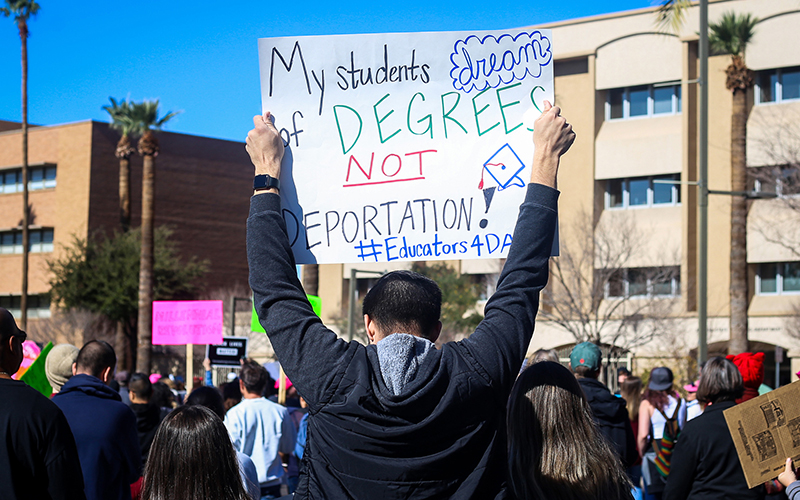WASHINGTON – Defects with the federal application for financial aid have left thousands of Arizona students still unsure if they can afford college – or at least, how much they’ll have to pay – with less than three months to go before classes start.
The uncertainty is far more widespread in Arizona than in most states. As of May 17, only about 28% of graduating high school students in the state had completed the Free Application for Federal Student Aid – far below the 42% national rate, and well off last year’s pace, according to a tracker from the National College Attainment Network. At this point a year ago, just over half the class of 2023 nationwide had completed the FAFSA form.
Until colleges receive the data from the federal Department of Education, they can’t assess a student’s financial need and generate an award offer.
“For a family to make a decision whether or not their child should go to work … or go off to school, that money issue is the make or break,” said Darrell Marks, Native American academic adviser at Flagstaff High School.
The Department of Education revamped the FAFSA last year, intending to make it more straightforward, but the rollout has been plagued by glitches and delays. The initial launch failed to adjust for inflation, and students whose parents didn’t have a Social Security number were unable to submit the form.
College officials and high school counselors have said for months the glitches created needless barriers for families struggling to afford college, especially those in which no one had yet attended college.
On Thursday, Secretary of Education Miguel Cardona announced a “full-scale review” of the financial process, with new senior leaders and an outside consultant charged with recommending improvements. On Friday, Cardona will visit a FAFSA clinic in Phoenix for high school students and parents at South Mountain Community College.
Druv Ravikumar, 17, who graduated from Paradise Valley High School in Phoenix on May 23, is still awaiting a financial aid offer from Georgia Institute of Technology, which he is set to attend. Classes start Aug. 19.
He submitted his FAFSA in January and said that part of the process went “pretty quickly.” Other schools he applied to provided aid offers in April and May.
A classmate, Brock Behrend, 18, did get an aid award from the college he’ll attend in the fall semester, Rose-Hulman Institute of Technology in Indiana, though it came a few months later than expected.
“It was delayed a while and we couldn’t get access to it, and that was pretty frustrating,” Behrend said. “Then when it did open up, it gave my dad trouble. … It was super struggling with how they could log in.”
And unlike some friends, he never got his Student Aid Index, which the system is supposed to generate based on the FAFSA. The SAI is used by schools’ financial aid offices to help determine how much aid students can receive.
Roughly 6,800 fewer graduating seniors in Arizona had submitted a FAFSA compared to the same point last year, according to data from the Federal Student Aid website – a dip that financial aid experts attribute to problems with the new FAFSA.
Arizona’s public universities extended their FAFSA priority deadlines to May 1 from earlier in the spring as the Department of Education delayed the release of data from the FAFSA forms.
The increase in the completion rate coincides with FAFSA outreach actions taken by Gov. Katie Hobbs and the Arizona Board of Regents.
Last Friday, the Department of Education announced it had processed over 10 million FAFSAs and touted “significant progress” in remedying issues with the new form. That’s still short of the 17 million total applicants in the 2022-2023 aid cycle.
“Knowing that there’s so many students caught in limbo with the FAFSA process this year, we wanted to make sure that they know that all of our universities are willing to work with them,” said Julie Sainz, the Arizona Board of Regents director for FAFSA and College Access Initiative.
ABOR will make sure students seeking to attend an Arizona university can get the FAFSA done “even if it goes into the summer,” she added.
For low- and moderate-income students, especially, the FAFSA is crucial. A key goal of the revamp was to expand the number of students eligible for Pell Grants, which can go up to $7,395 per aid cycle.
The Department of Education projected that about 610,000 more students nationwide will get some grant under the program this year, and 1.5 million more will be eligible for the maximum amount, bringing that total to 5.2 million.
In Arizona, 29,678 more students are projected to be receiving some Pell Grant funds for the 2024-25 award cycle, and 62,897 more are expected to get the maximum amount.
The rollout of the new FAFSA was delayed almost three months due to the redesign.
The form is usually released in October, giving high school seniors time to complete it before moving on to college applications due weeks later. The new form wasn’t available until Dec. 31.
The FAFSA is also used for other scholarships, such as the President Barack Obama Scholars Program at Arizona State University.
Alberto Plantillas, an ASU graduate student in public policy and an Obama Scholar, said the FAFSA defects deterred him from filling out the form once it finally went live, which was months later than usual.
He “just kept reading that there’s a ton of problems,” he said. “The fact that the FAFSA was so inefficient this year probably also meant that a lot of people were discouraged from applying to college,” Plantillas said.
He’s a regional director for the Arizona Students’ Association, a student-led group that advocates for lower college costs and has worked with the Student Debt Crisis Center and other groups to keep students informed.
“We can inform people on the issues, but if they can’t apply to the school they want to, that’s going to affect them in the long term,” he said.
In April, Gov. Katie Hobbs announced a $500,000 “Investment in FAFSA Initiatives,” using federal funds to boost completion rates. At the time Arizona ranked 49th nationally in FAFSA applications. It’s now up to 48th, according to NCAN data.
ABOR is using the funds to host regional FAFSA workshops, offer more virtual appointments with FAFSA experts, make counselors available through the summer to help with financial aid, and launch a social media campaign to promote FAFSA completion.
For Native American students, FAFSA delays have made it harder to obtain need-based tribal scholarships.
“I have a few students that are still trying to complete it (the FAFSA form) right now that have graduated. … Their parents are having trouble navigating it,” said Marks, the adviser at Flagstaff High School.
Students and parents had trouble understanding parts of the form because of the wording of certain questions, he said.
Kyra Benally, 17, a graduating senior from Flagstaff High, picked Northern Arizona University because it offers full coverage of tuition and fees for members of one of the 22 federally recognized tribes in Arizona – she’s Navajo and Paiute.
But that full ride scholarship requires completion of the FAFSA.
Although she submitted the form without complications, she had to wait until May to receive her aid offers and decide which college to attend. In a typical year, those offers are delivered around the same time as admission – late spring at the latest.
Some classmates faced even worse snags.
“A lot of them struggled because some of their guardians on the reservation don’t have birth certificates since they had an at-home birth, so it was hard to verify that they were U.S. citizens,” Benally said.
Frank Amparo, dean of student affairs at Paradise Valley Community College in Phoenix, said some students need only 10 minutes to complete the FAFSA and haven’t faced any problems.
“Where it tends to impact us is that a majority of our communities may be first (generation to attend college), and our first-gen population is not used to working in a financial aid application,” he said. “They’re still getting used to the college jargon, the process (and) what the expectations are.”
The issue has hit colleges big and small, he said, “and they’re both doing what they can to support … that population of students as much as possible.”
At ASU, Matt López, deputy vice president of Academic Enterprise Enrollment and executive director of Admission Services, said he expects the problems to continue to unwind through the summer.
“I’m optimistic that we’re going to see significant gains,” he said.




